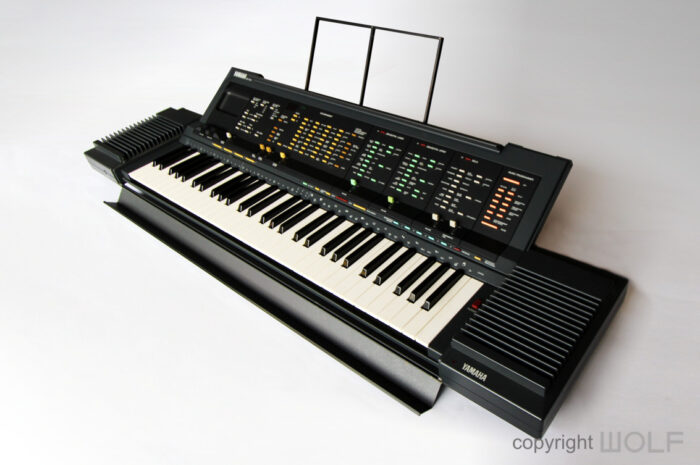WOLF retro DESIGN REVIEW. 4th July 2022
If you had to choose just one vintage home keyboard, then this could be the one?
A retro review looks at products that are at least over ten years old from a present-day WOLF design perspective. While the technology and fashion of the period influence design, and are taken into consideration, great design ideas will transcend their eras to be timeless.
Interesting and factual information may be provided, but our review aims to deliver insight from the perspective of a designer’s mind and eyes.
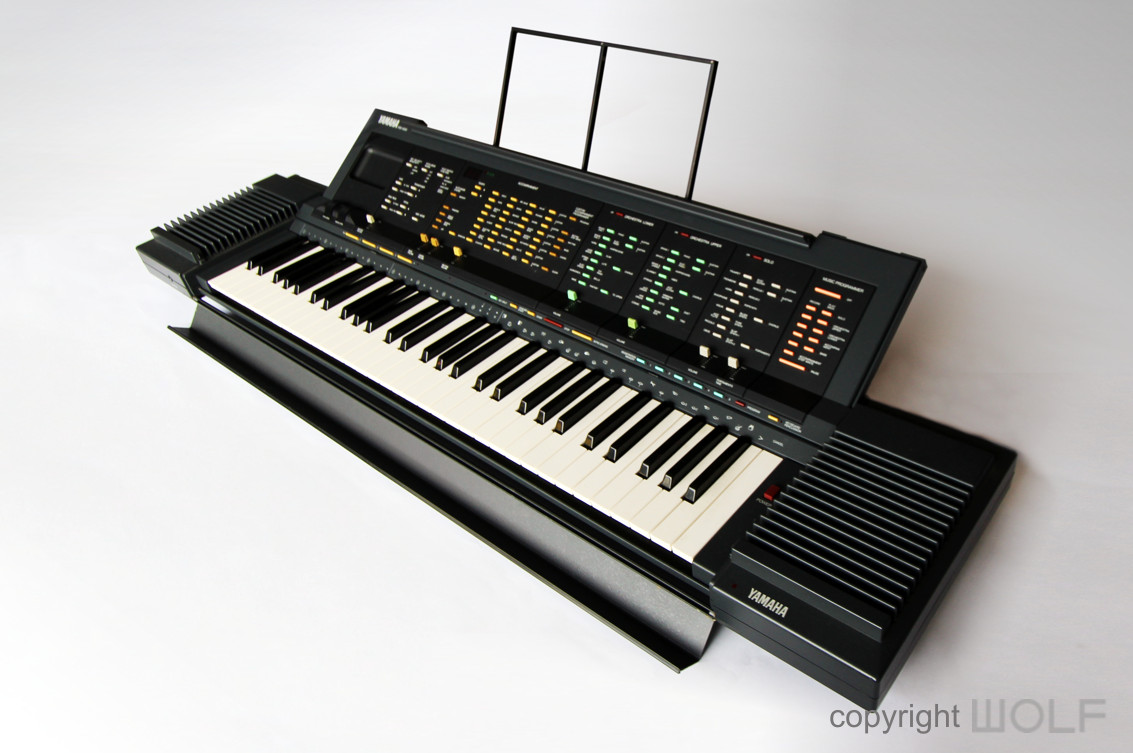
This could be the one?
Introduction
Product Focus
As with most reviews the focus is on the design and its evolution within the industry. The functioning systems and sound quality are not necessarily considered.
Product description
Yamaha PSR-6300 was intended as Yamahas King of amateur keyboards, released around the same time as their flagship MK II DX7 in 1986.
Price and Availability.
The PSR-6300 was expensive but amazing value for those not wanting a professional synthesizer. They do come up for sale occasionally but can be hard to find in good working order. A clean working example should fetch between $150 and $300. Mint ones with original stand and case could be as much as $500.
Additional information
Yamaha started with the PSR-6100 in 1984. The PSR-6300 was an evolution of the 6100 with mores sounds, better features and a cartridge slot for even more.
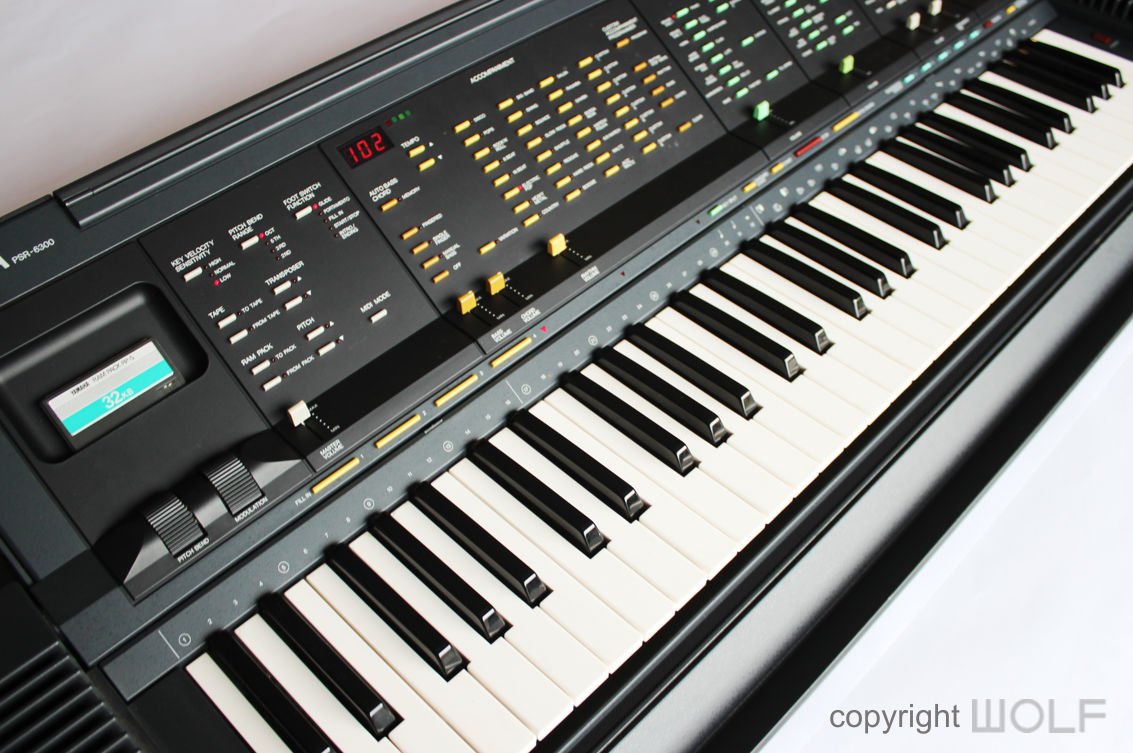
Review
First impression/ Delight
The PSR-6300 is as exciting today as would have been in 1980s. It is action packed with lots of buttons and LED lights, but most impressive is the way this keyboard can fully close or open up like a transforming robot. It’s intelligent, unique and Yamaha has never made anything else with the same clever trick.
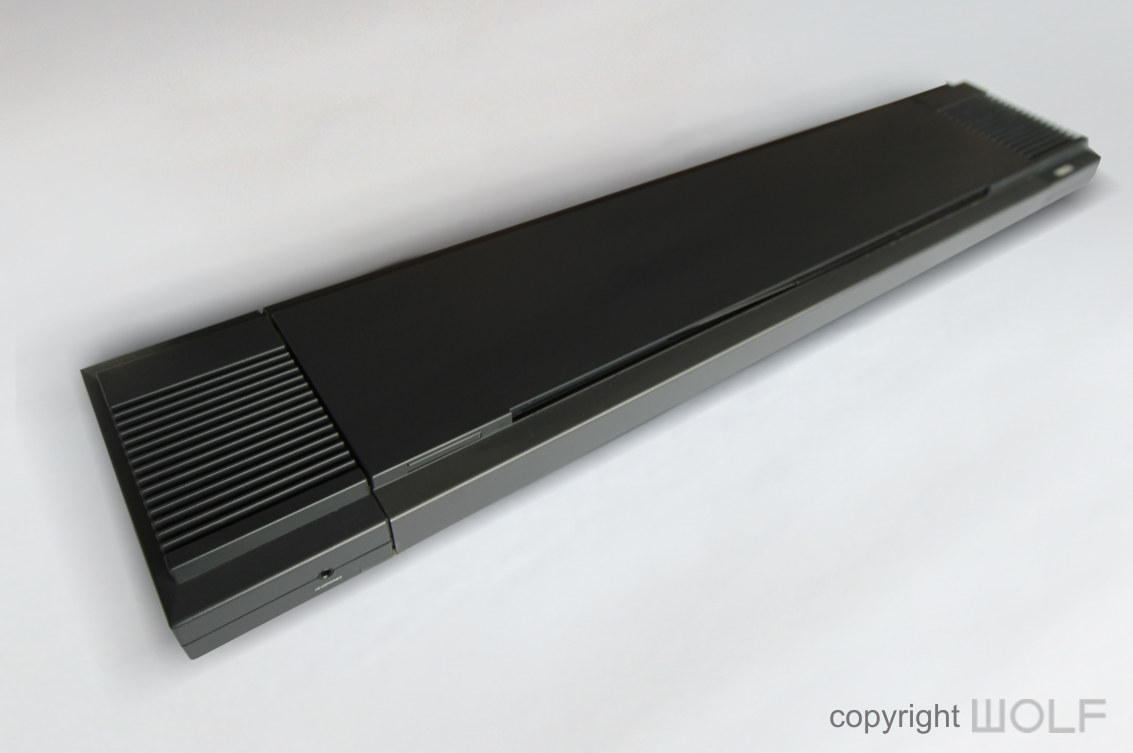
It closes up to be compact, and protected for easy transport. How clever is that?
Exterior Design Review
The original PSR-6100 from 1984 was so well designed that you can understand why the PSR-6300 (two years later) would maintain the same chassis and shape, but with improved functions. The body is robust in its squareness and beautifully crafted. Even the underside was considered with a rhythmic series of moulded square forms that extend the permitter of the unit. The main body colour is charcoal grey and the paint finish has a speckled effect that you have to look up close and touch to appreciate.
The main control panel is the foldable lid, and when opened is full of bead like buttons with small LED lights. You feel like pressing everything and first-time users won’t know where to begin. Yamaha kept the colour of all buttons and sliders fairly saturated and this makes you take things a little more seriously. Although not a professional instrument, it’s not a toy.
Flanking the main controls and keyboard section are neat speakers with a step-down edge that extends the permitter of the unit when in closed-up position. The corners have a subtle bevelled detail.
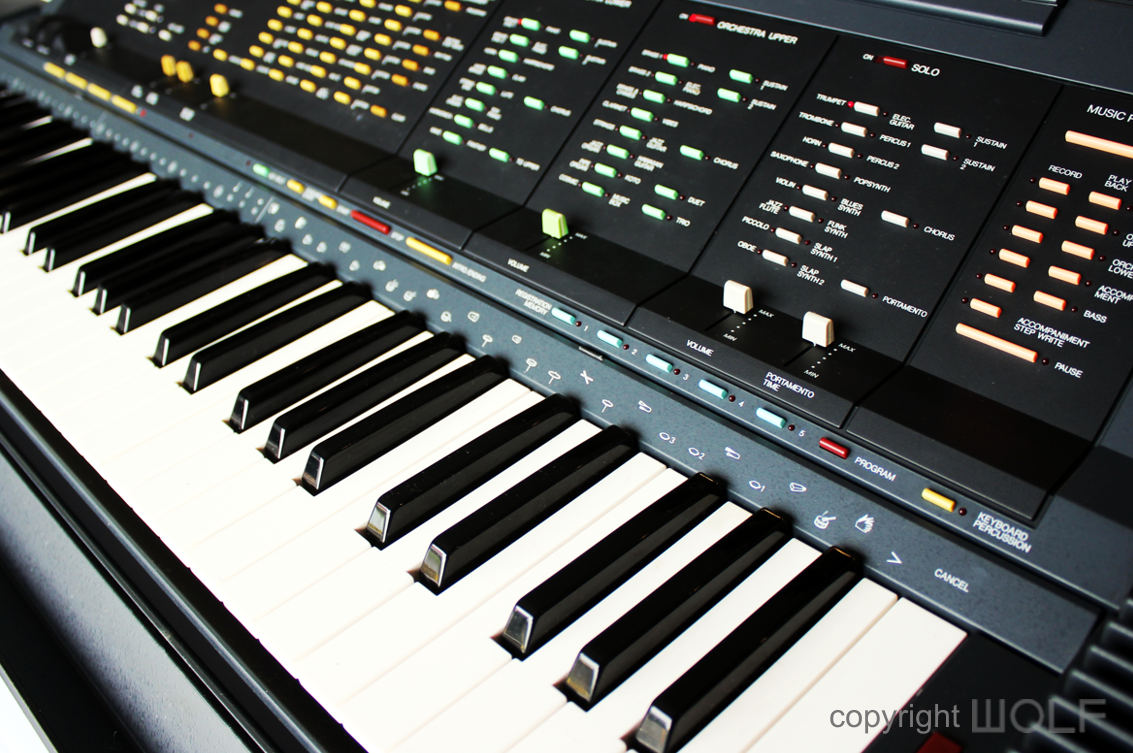
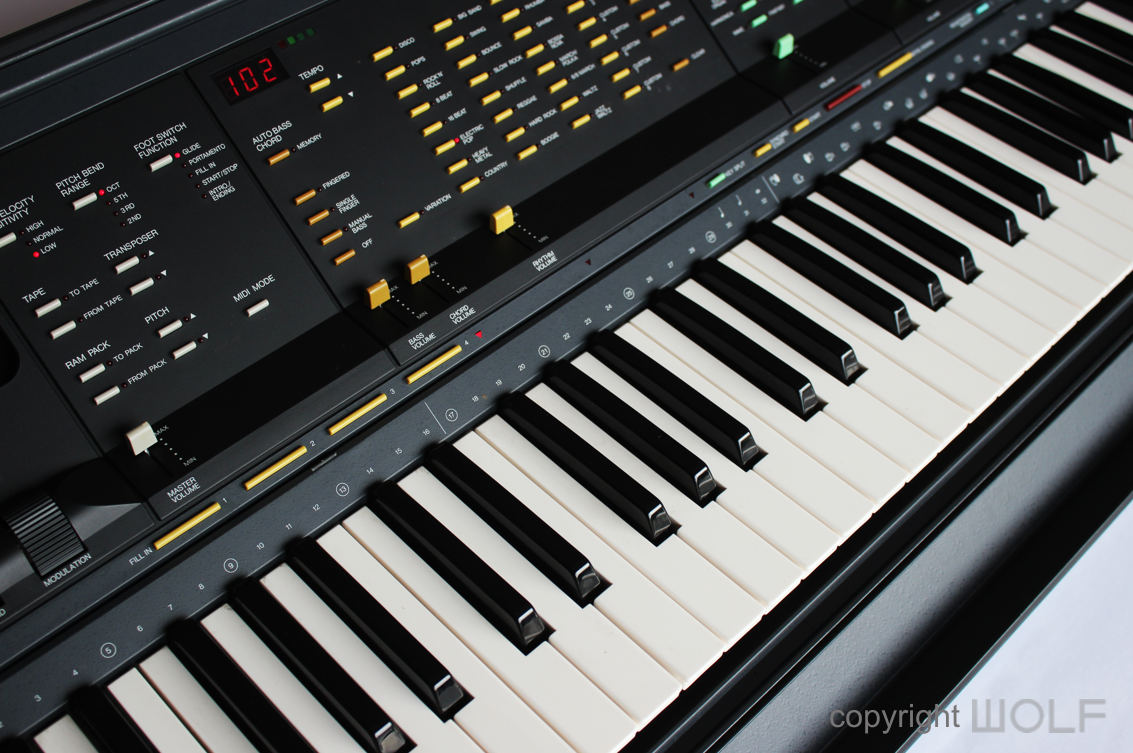

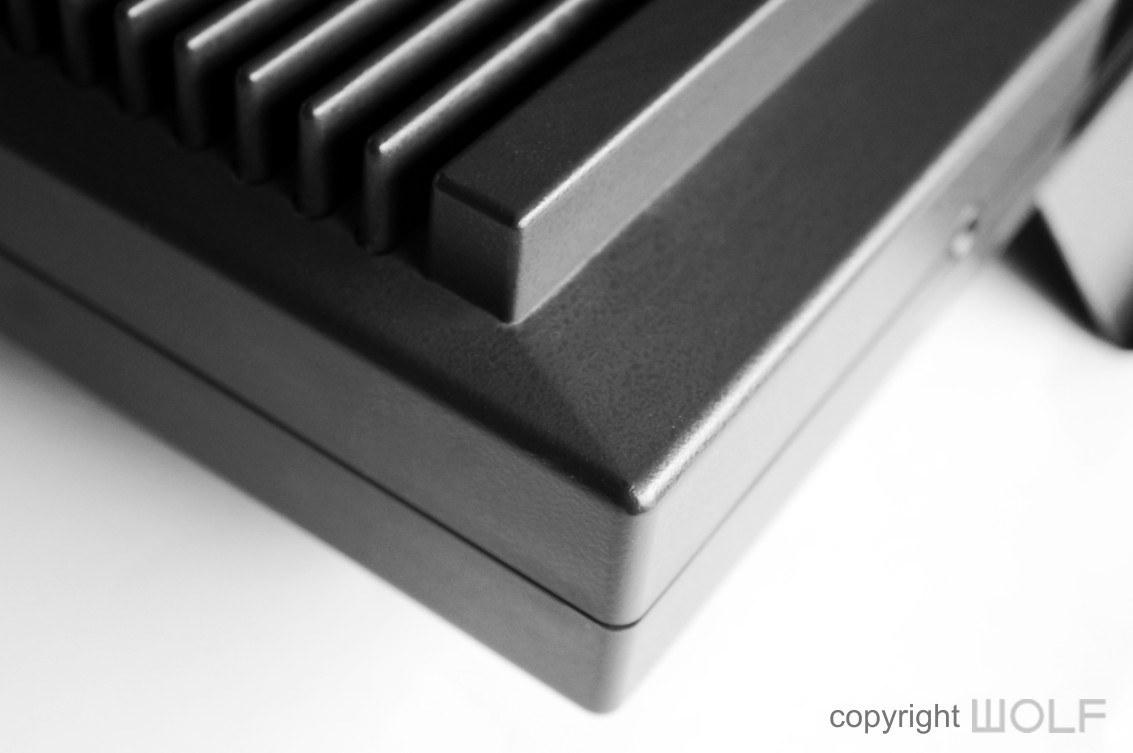
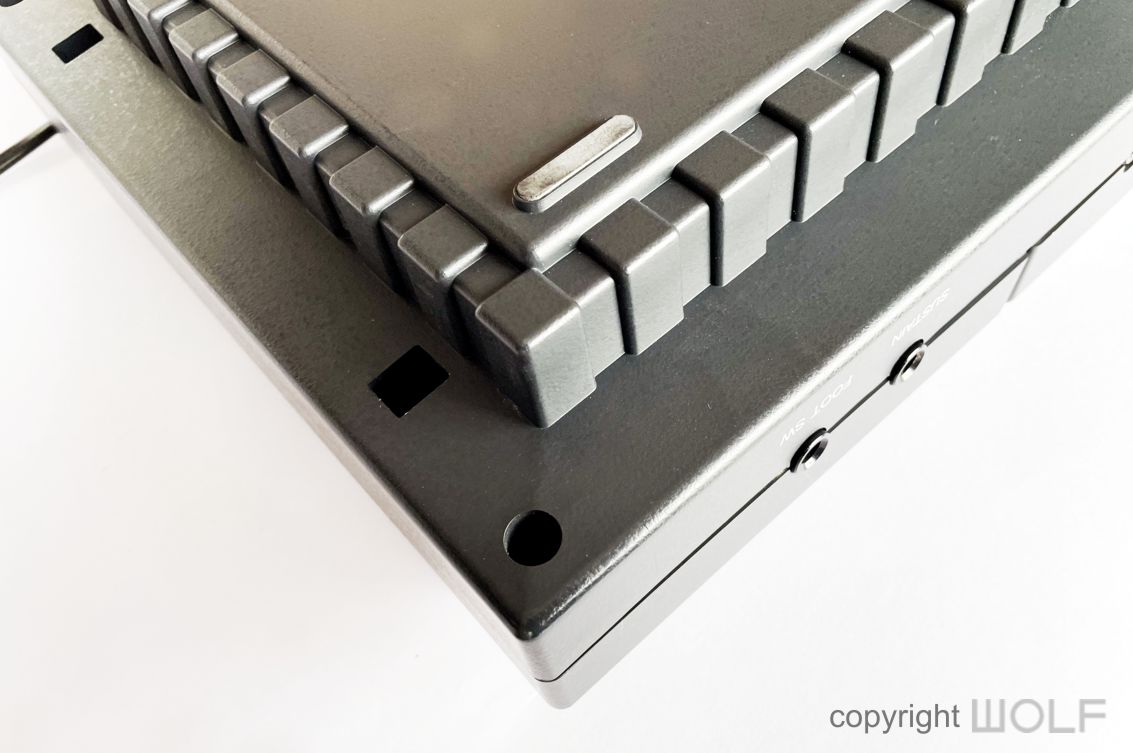
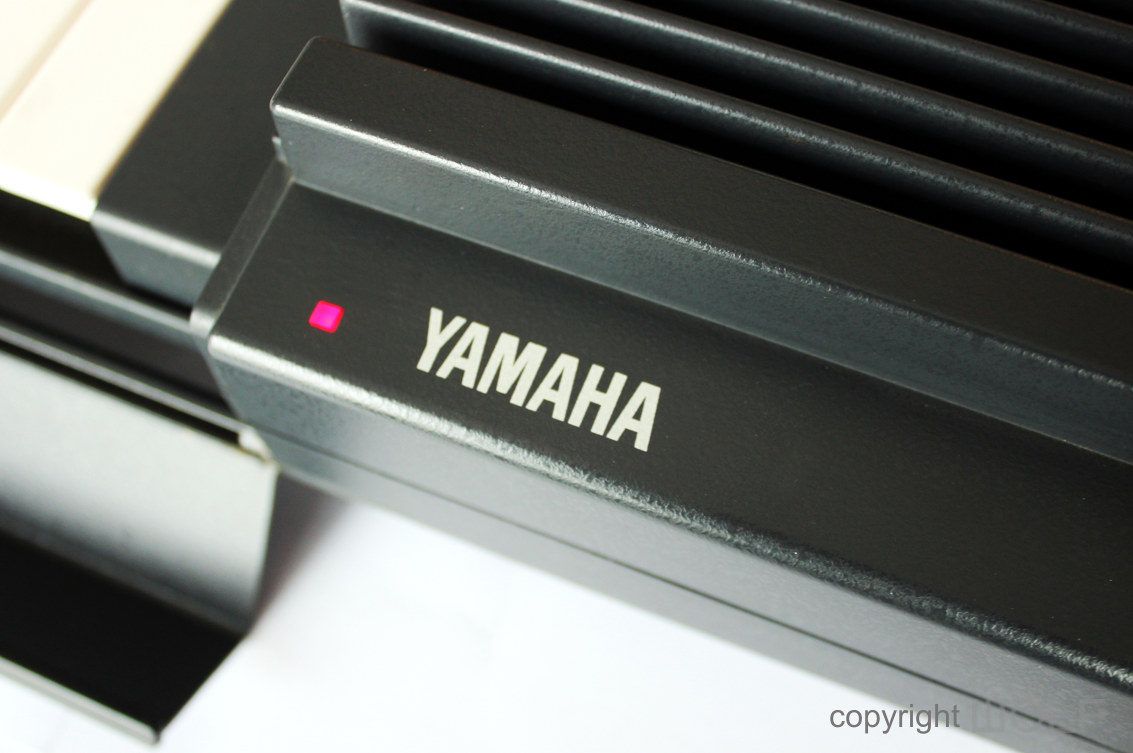
Craftmanship.
The late 80s, was a golden era for Yamaha in regards to design and craftmanship. A large investment into their product development was possible due to the hugely successful DX7 which took the World by storm. As the DX7IIFD was designed to represent Yamaha’s Flagship synthesizer the PSR-6300 was Yamaha’s flagship home keyboard.
Everything on this feels firm and well-constructed and you can sense this from the weightiness of the unit. There is a lot of metal and all panels open and close with ease and firmness. The plastics used are high-grade with a certain thickness in the articulation of the shapes.
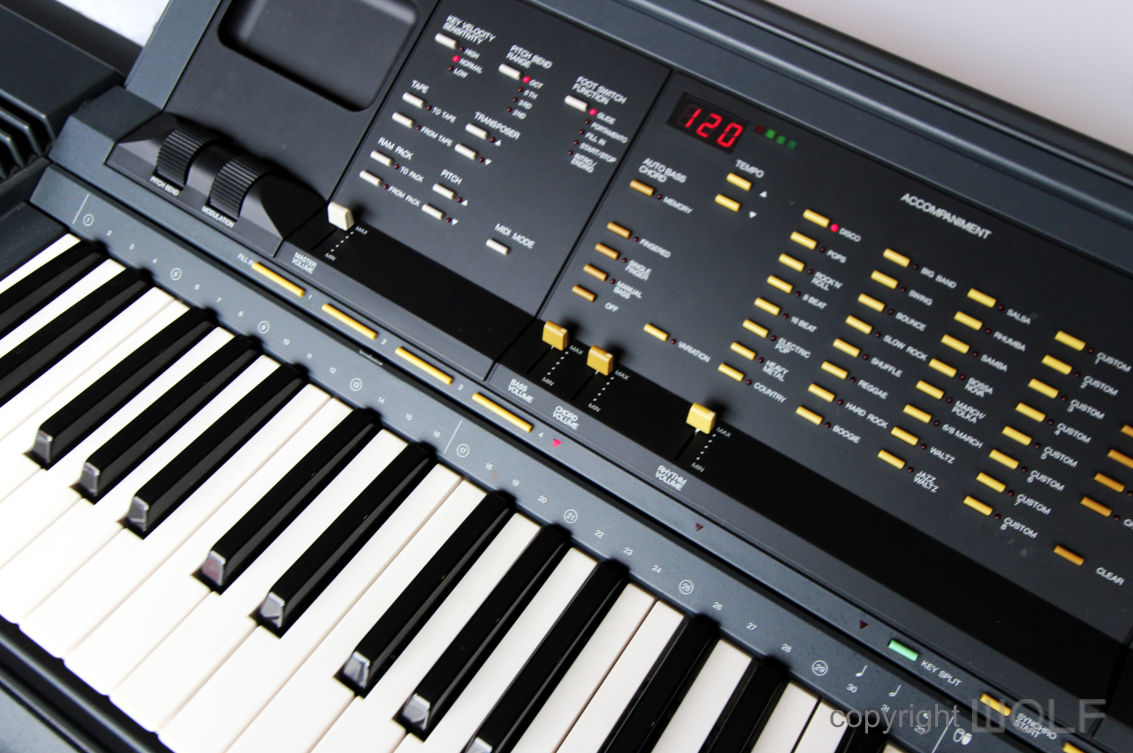
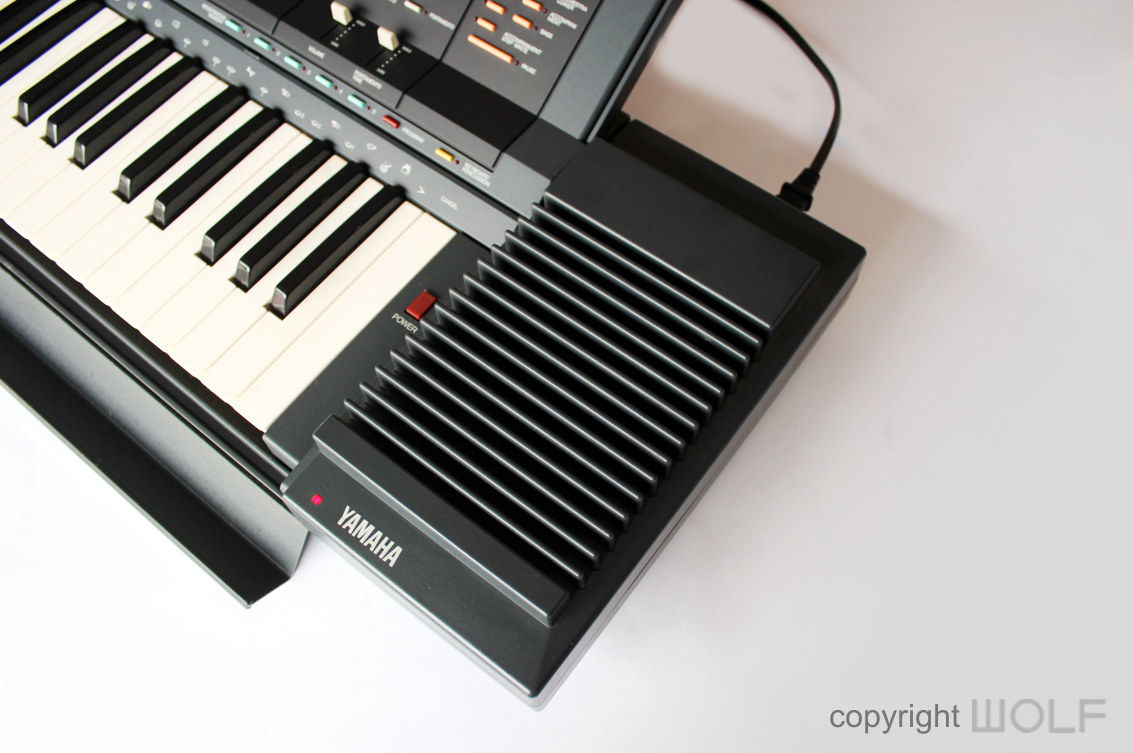
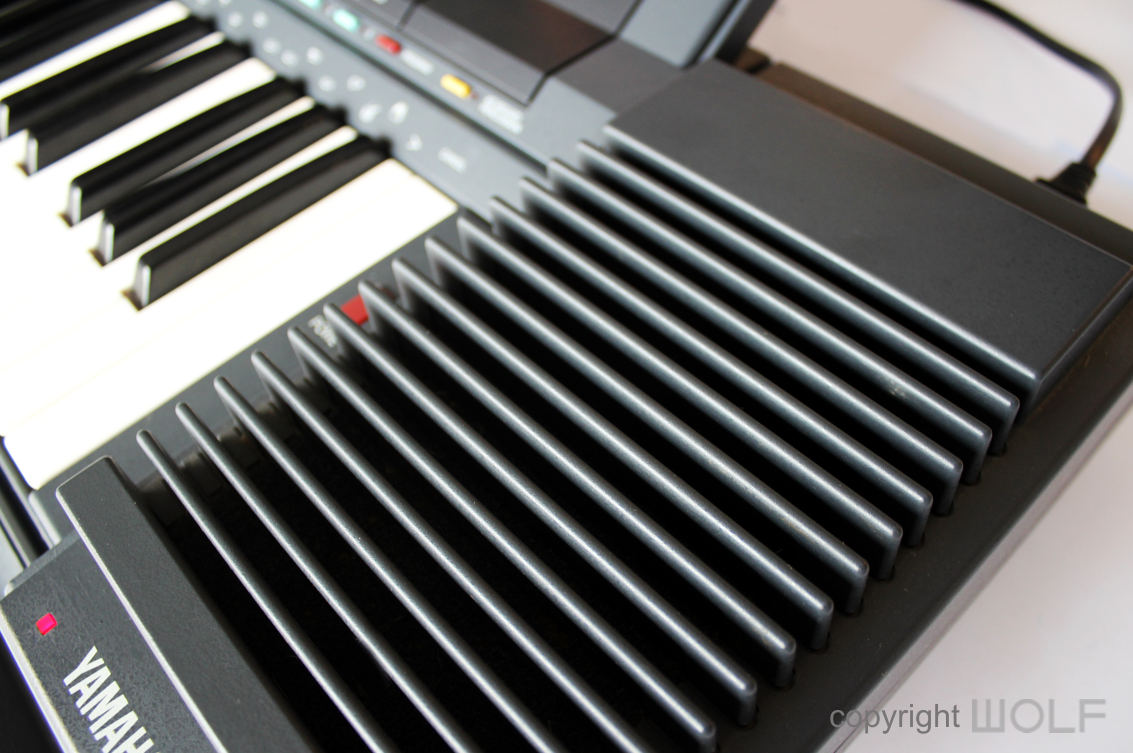
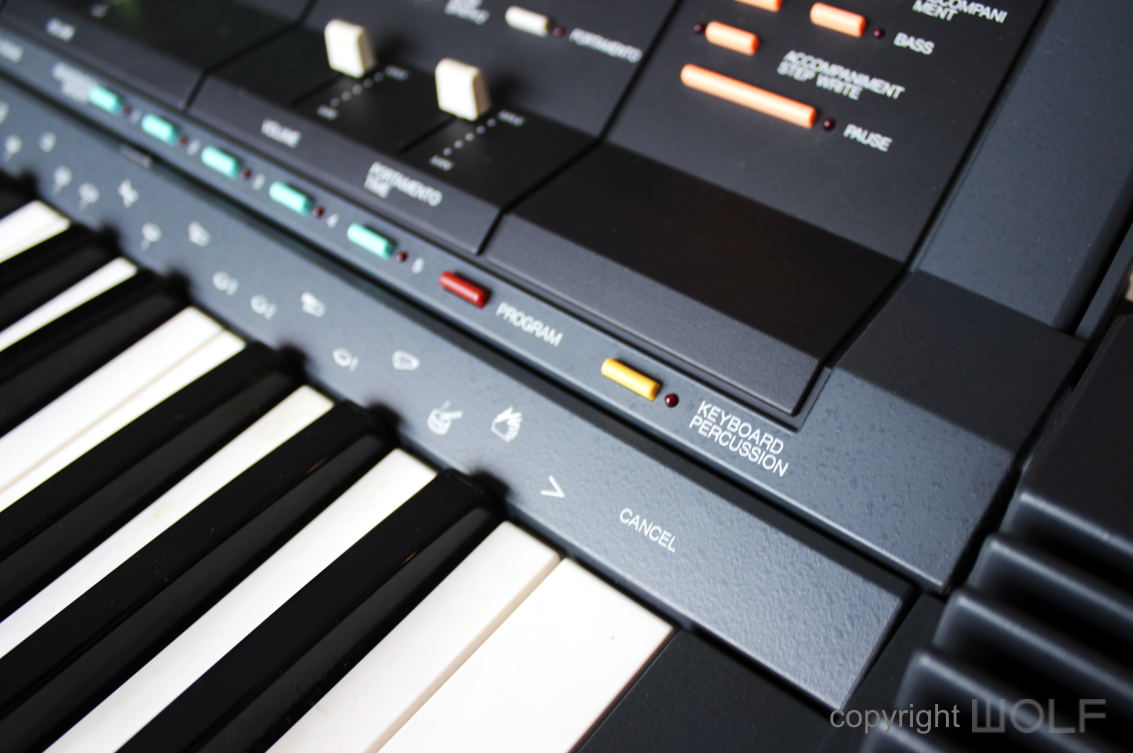
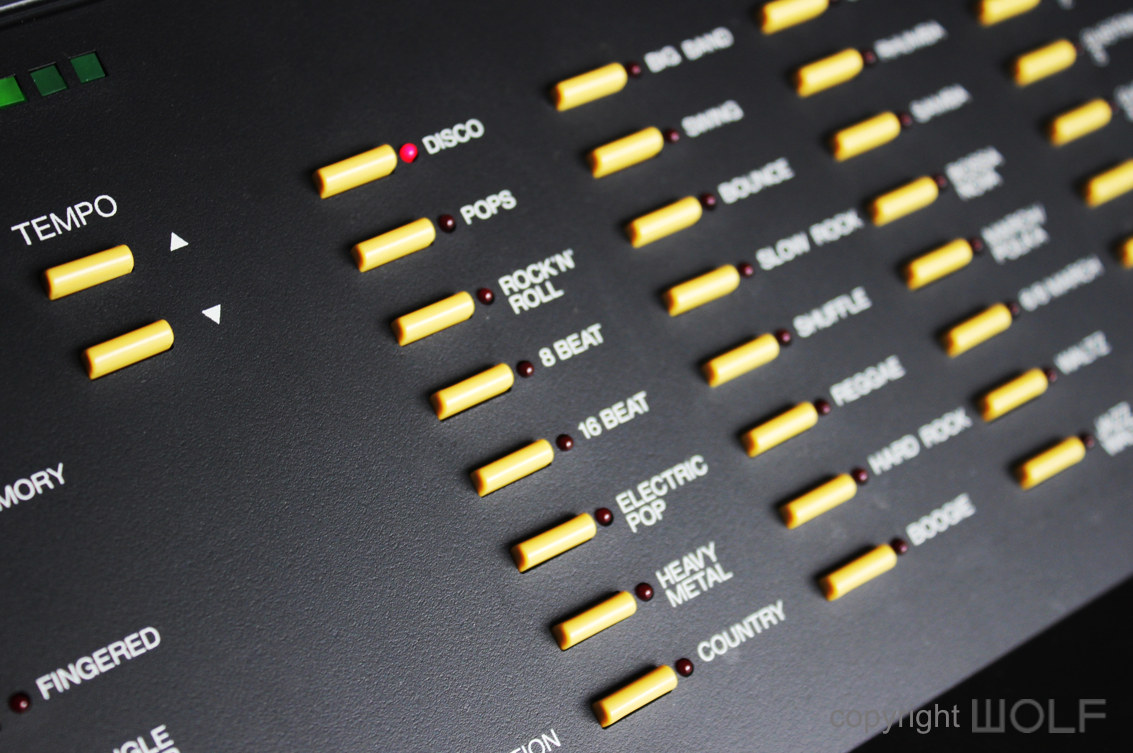

FUNCTION- Experience.
The buttons are colour according to functions and well organised to be efficient and practical. The buttons are a little small for our liking and don’t feel as nice to press as those on other Yamaha products at the time.
There’s only one numeric LED display that makes this feel a bit limited, but it does distinguish this as an amateur instrument and not a synthesizer. The modulation and bender are positioned a little awkwardly but compromises are expected with something that can close-up so perfectly. The same can be said about the metal flip down panel at the front.
In closed-up position the PSR-6300 is surprisingly slender and compact. It’s really quite marvelous and innovative as you expect from the era gadgets. There is even a pop-up music stand that can extend out from the top of the lid with a press of a small button.
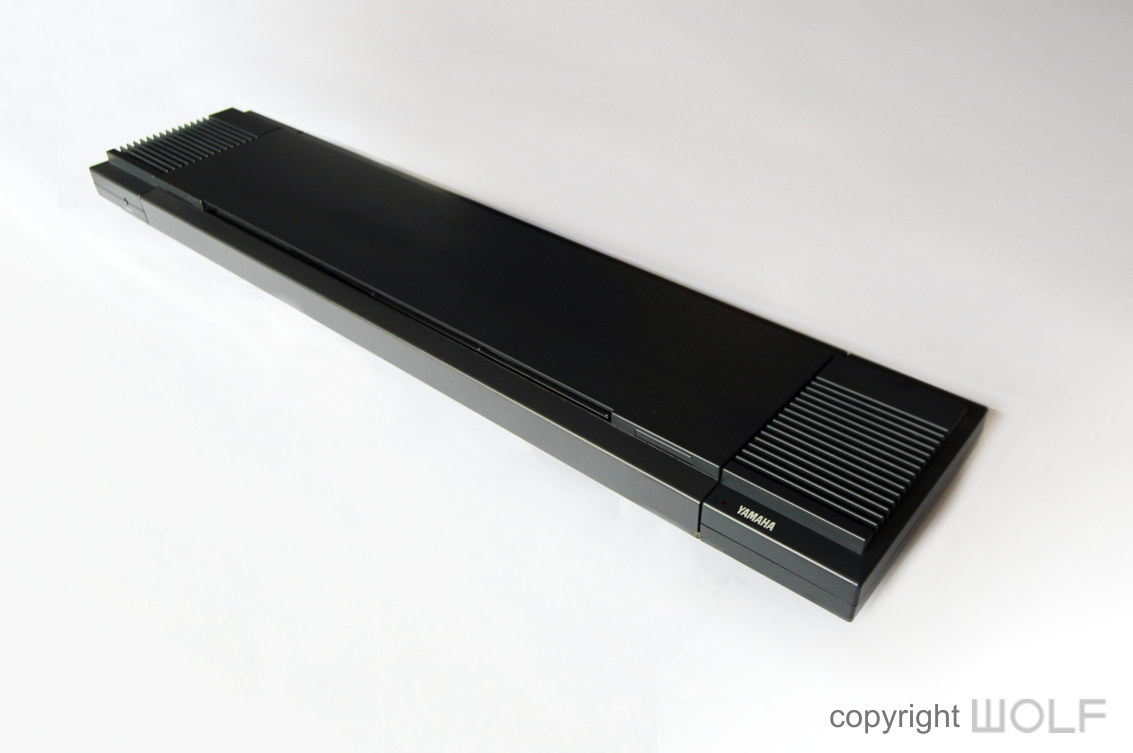
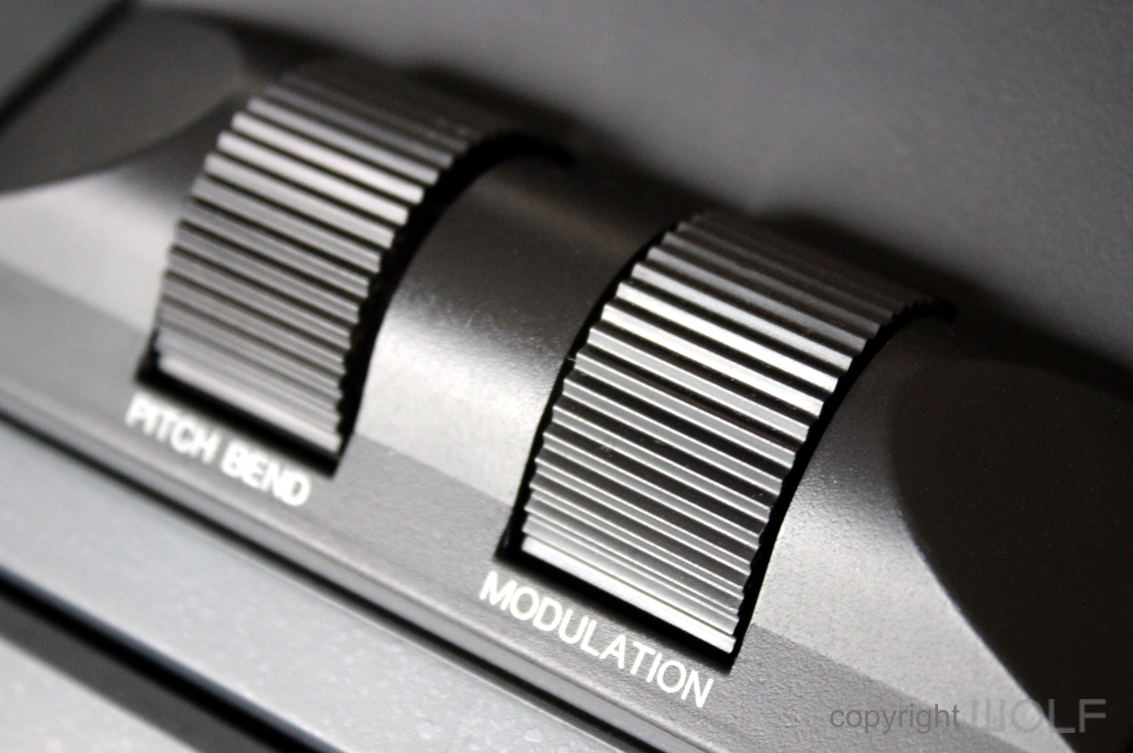

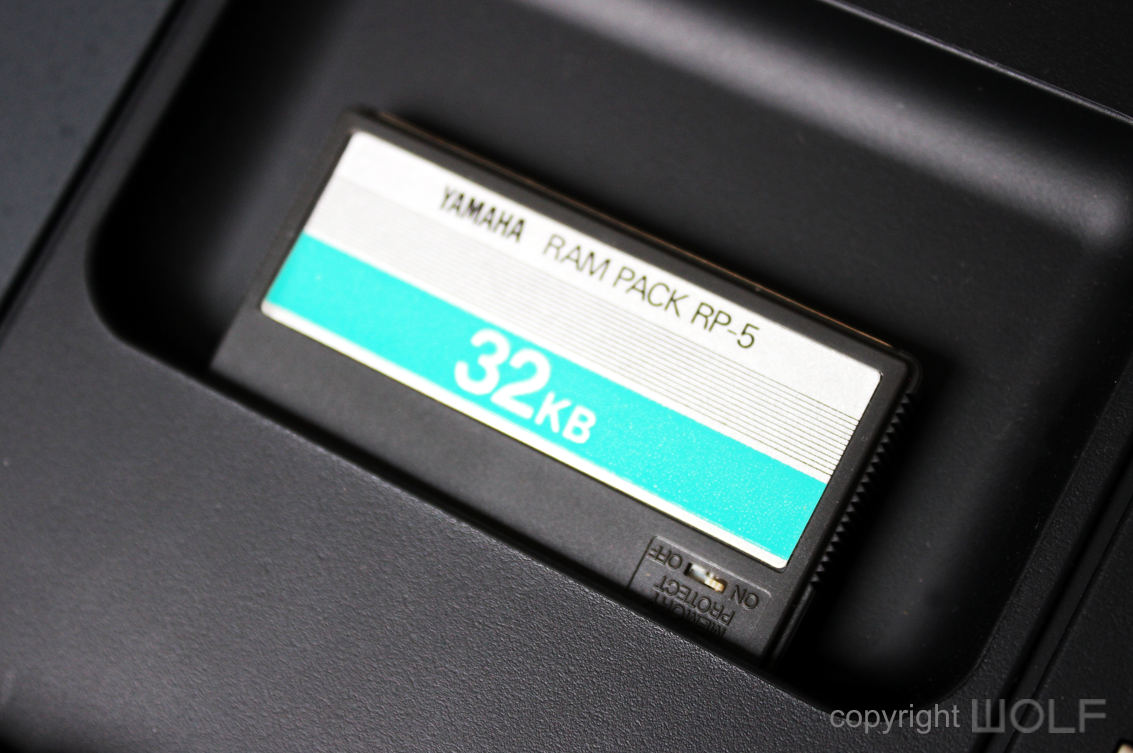
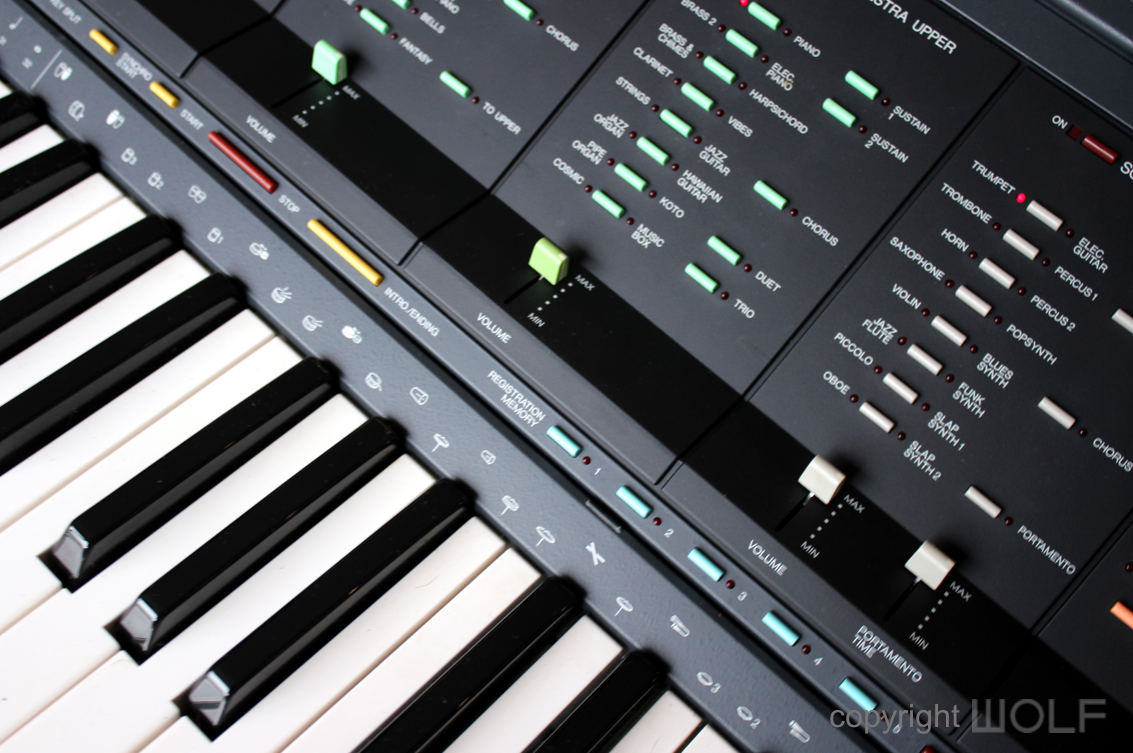
Desirability / Collectability and what to look for.
The PSR-6300 certainly has its place in Yamaha’s history and perhaps it remains as one of the ultimate home keyboards of the 1980s. While most were well cared for and survived in good cosmetic condition, we have noticed that not all work as they should. Finding a fully working one can be hard but well worth it. They had their own unique stands which attached itself to the underside. The case is exceptionally rare and usually only found in Japan.
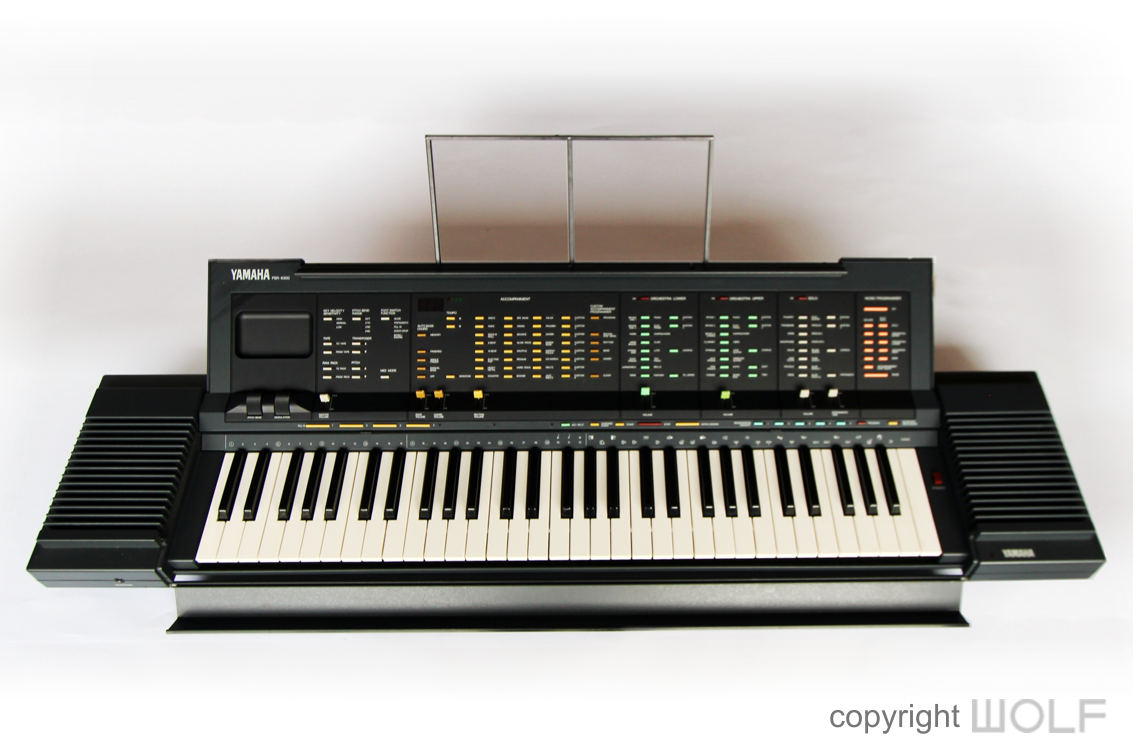
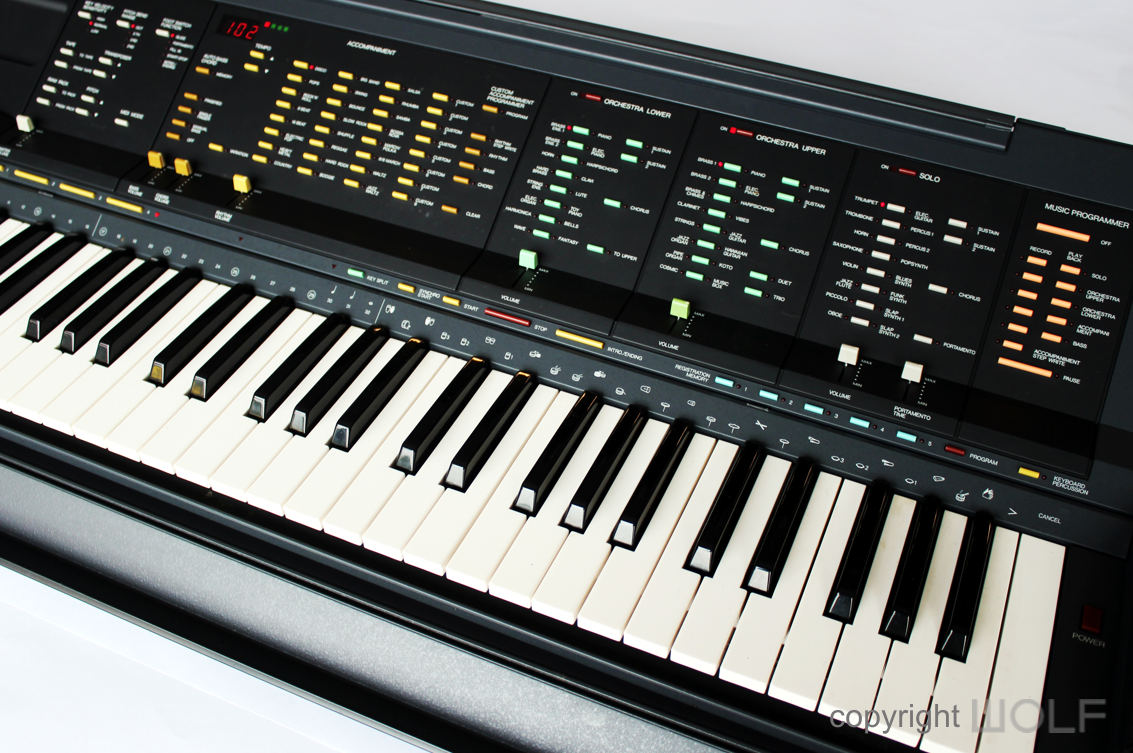
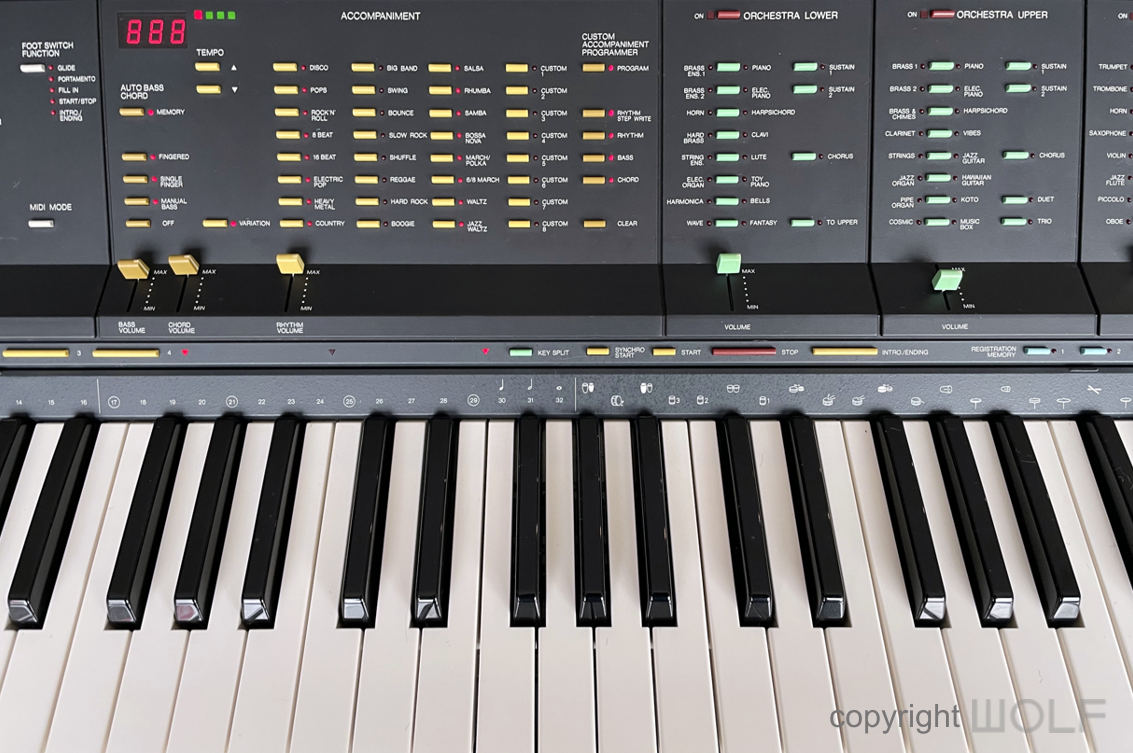
WORD OF THE WOLF
The PSR-6300 is a “Must-have” for keyboard collectors. The only other keyboard that comes close is Casio’s CT-6500. Casio’s fold up keyboard was probably inspired by the PSR-6100 (1984), but the PSR-6300 trumps its competition in everyway from sound quality through the build and finish. From a design perspective the PSR-6300 is excellent, even if only for the fact that it folds up so neatly. It will be hard to find one with original case, but try to get one with it’s original stand.
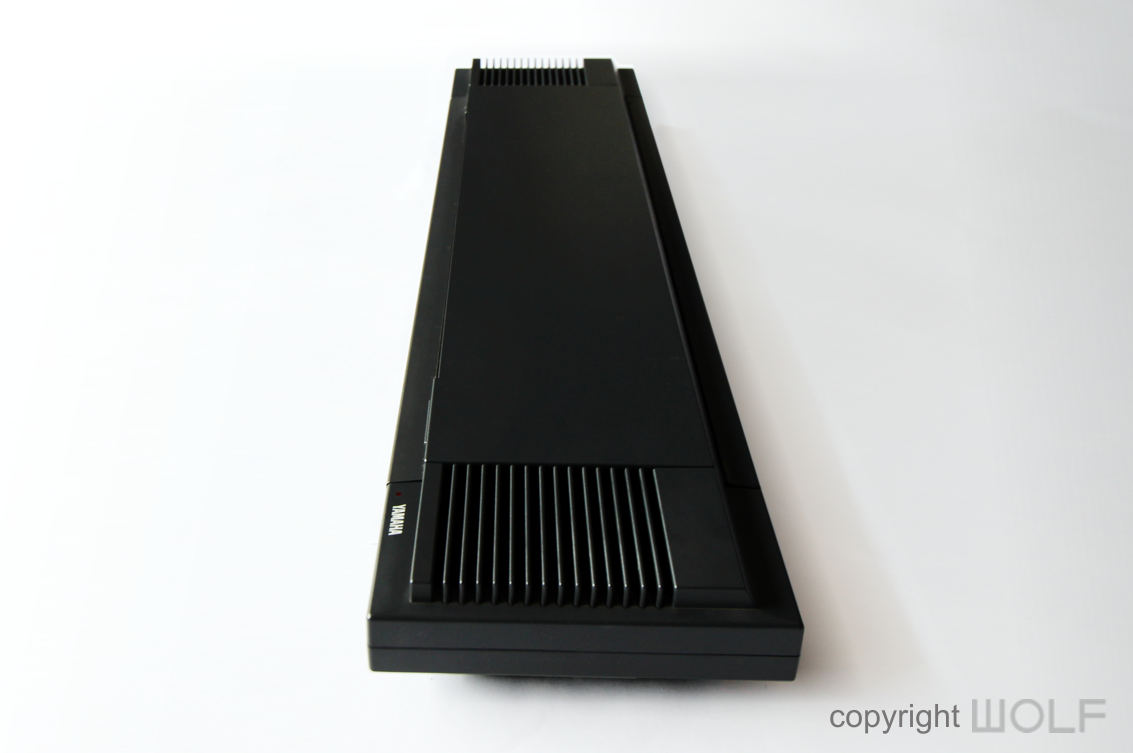
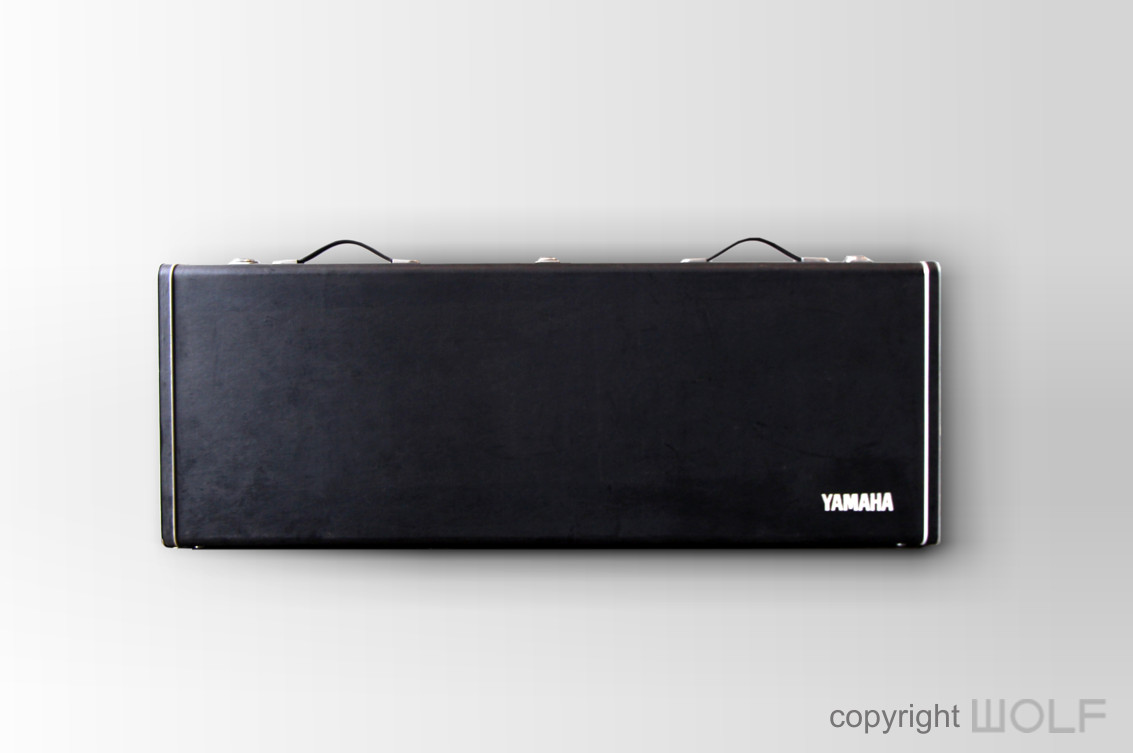
The case is old school and uses the design of Yamaha cases from the 70s.
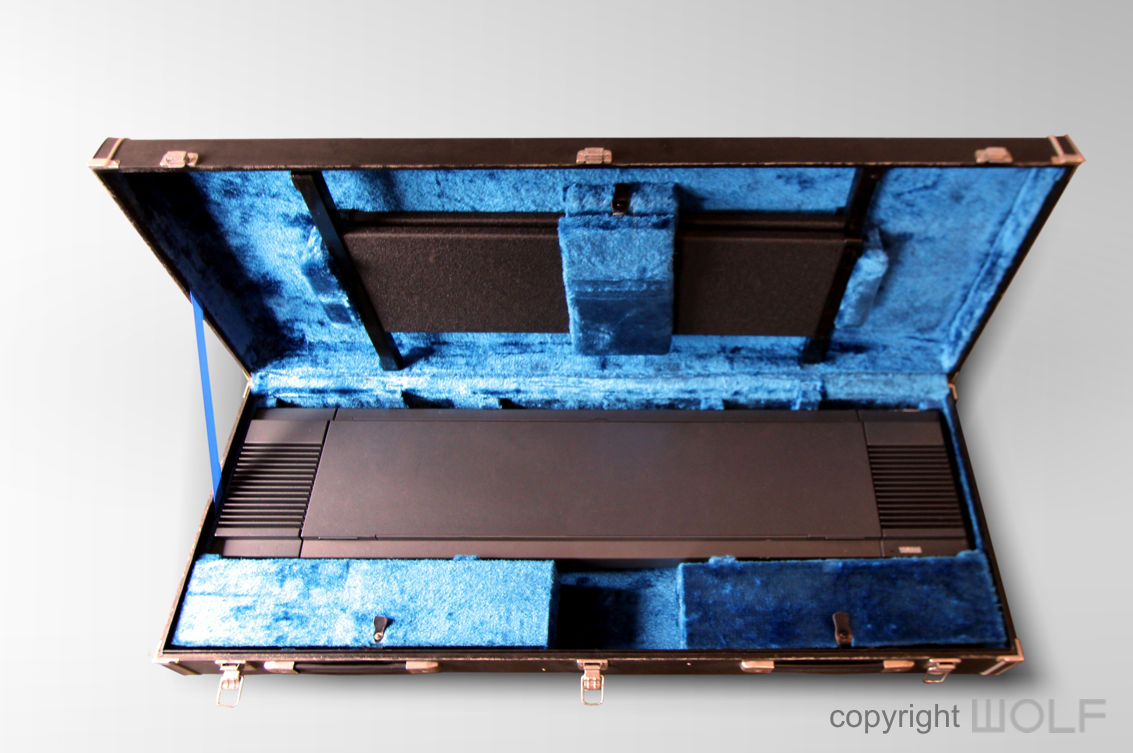
The case accommodates the keyboard stand and some accessories.
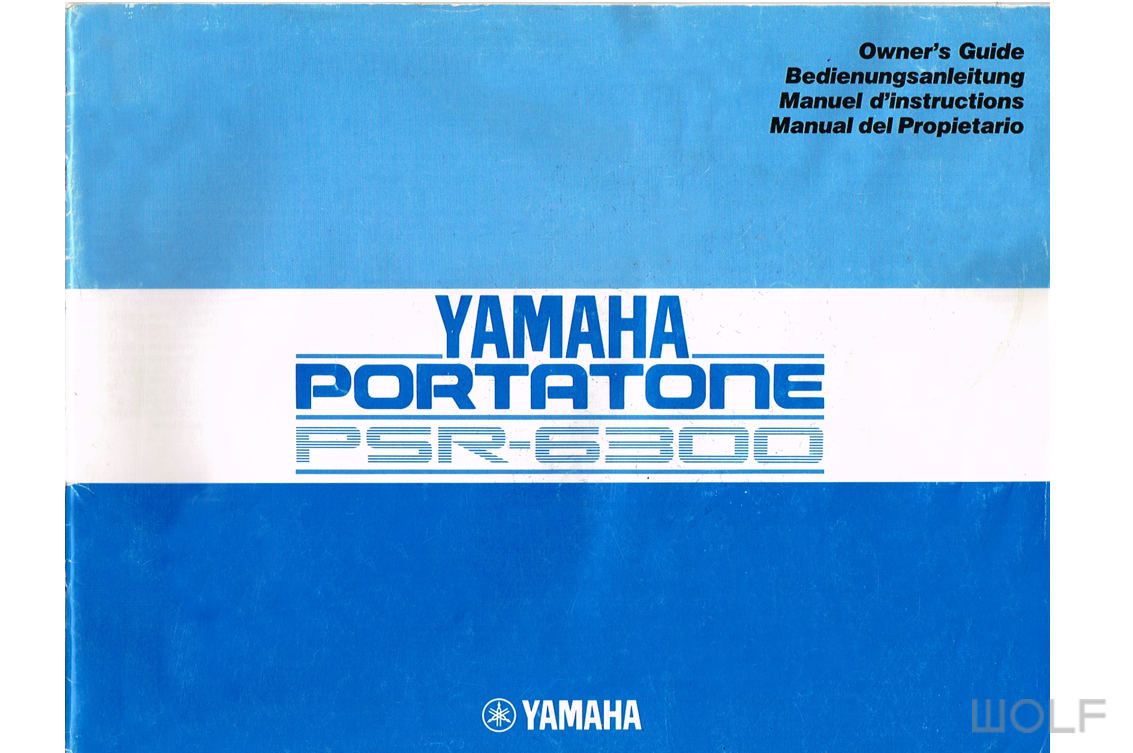
The original instruction manual
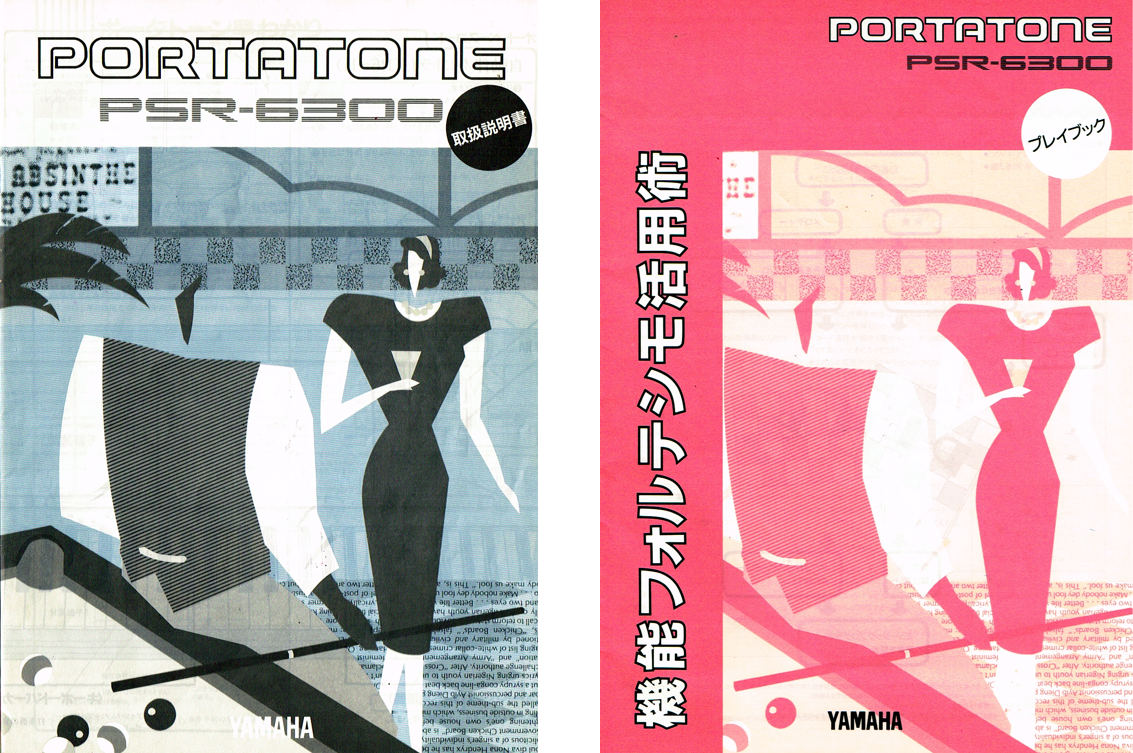
Japanese manuals
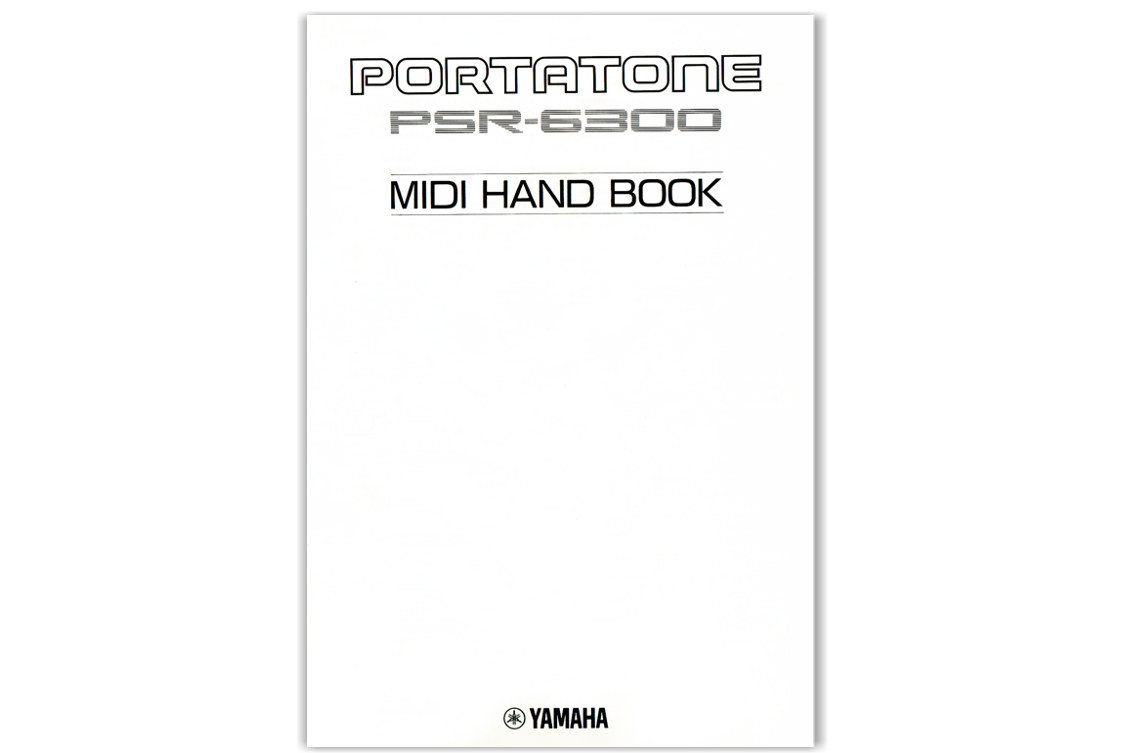
Japanese midi handbook
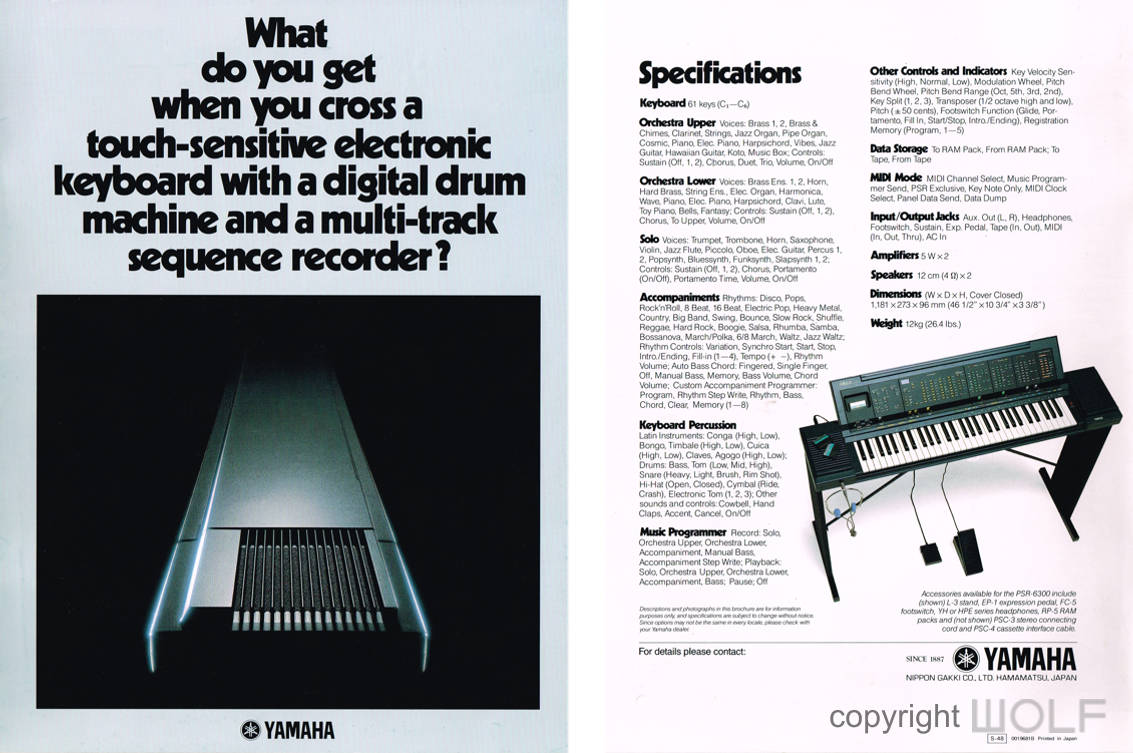
As the flagship home keyboard this was the substantial sales brochure.
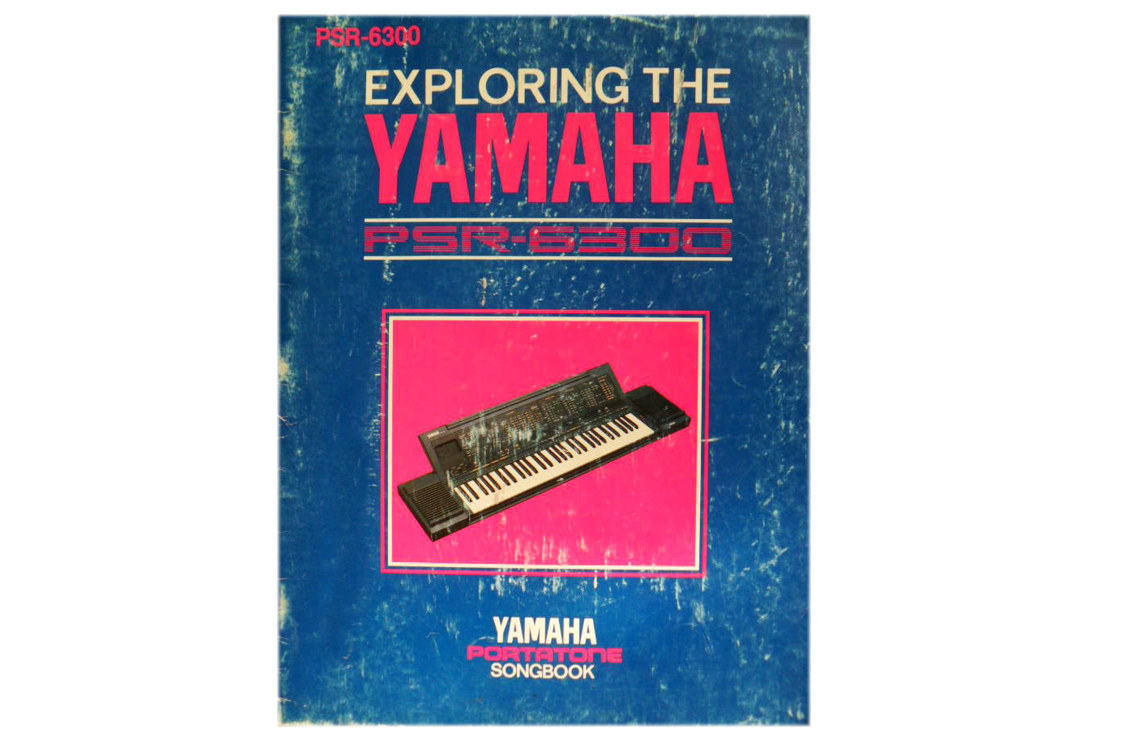
Rare book on exploring the PSR-6300
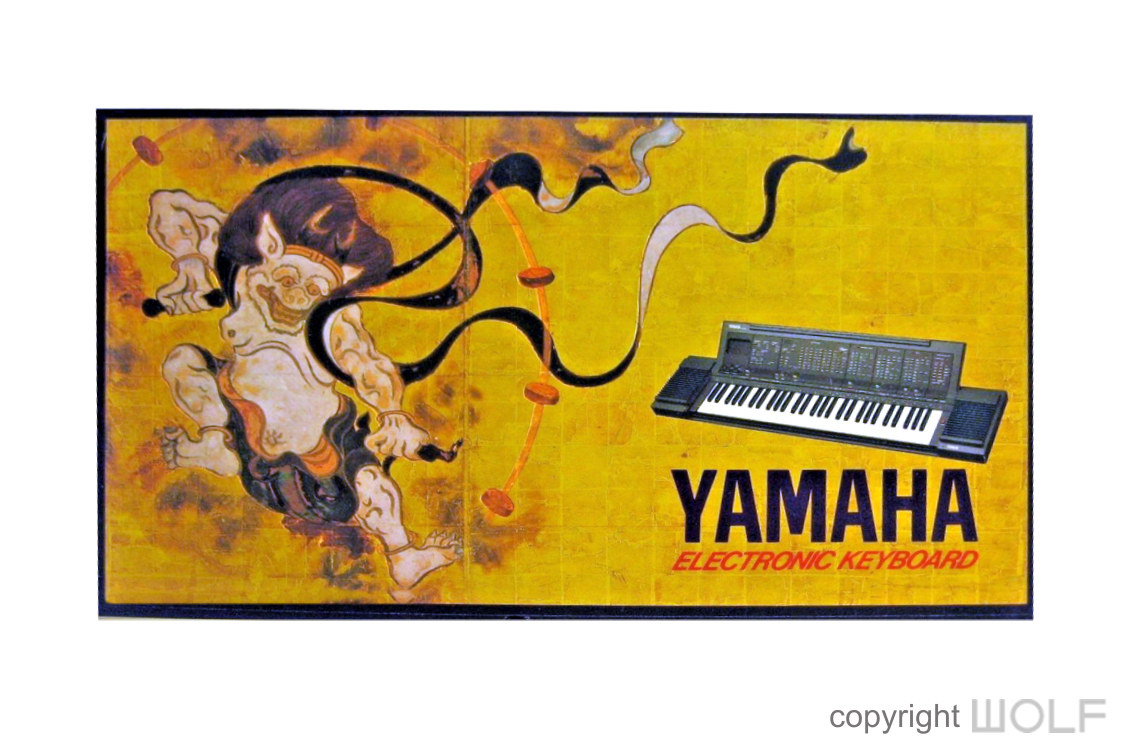
A promotional sticker likening the PSR-6300 to the Japanese God of Thunder.
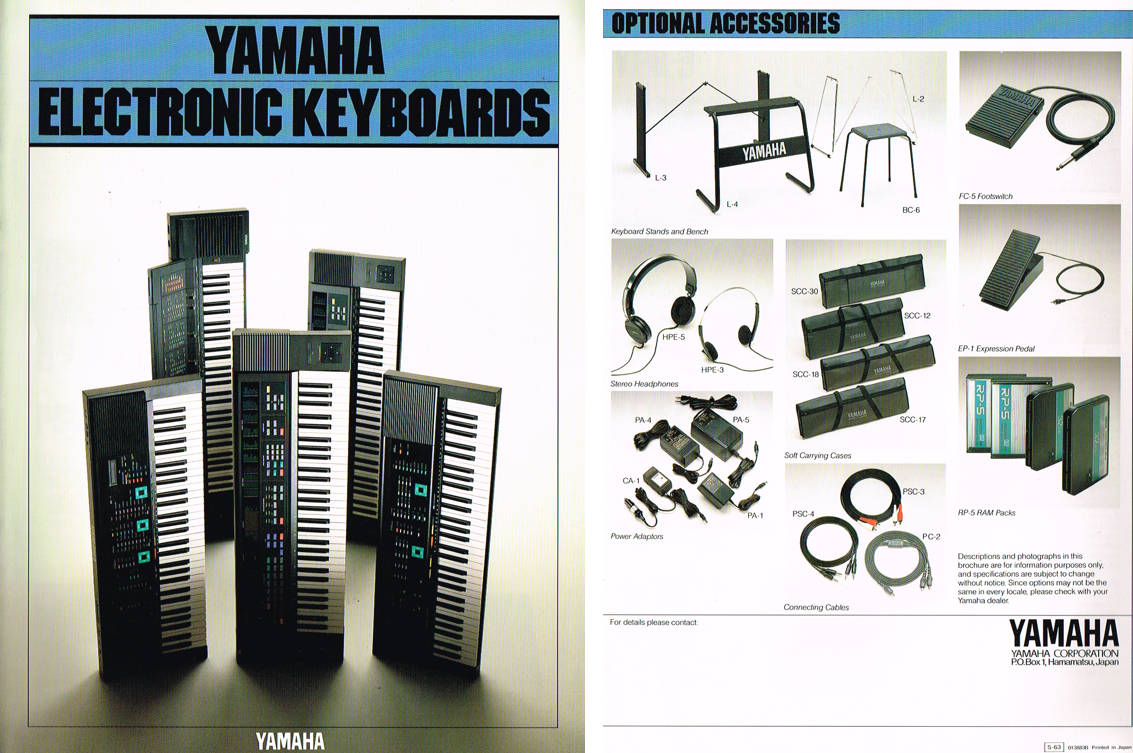
on the cover of a 1988 YAMAHA Keyboard Catalog
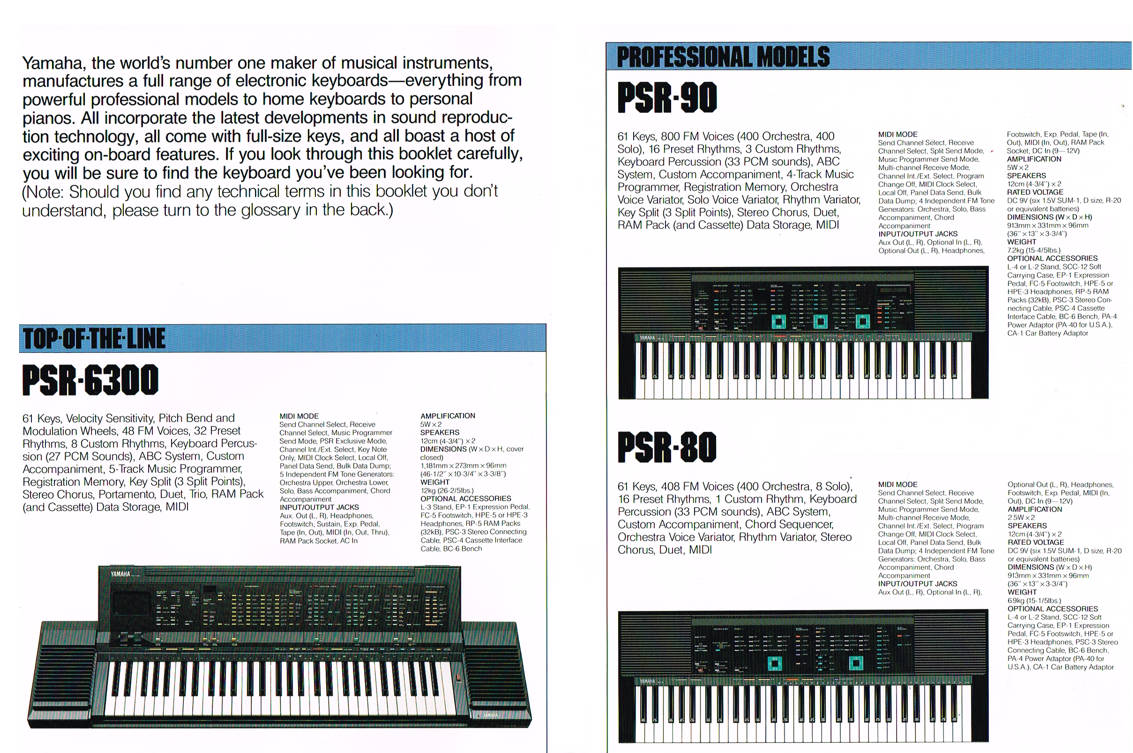
The top of the line!

October 1986 Yamaha Portable Keyboard Catalog
WOLF DESIGN EXCELLENCE SCORE = 7.9
The information in this review is intended for informational or educational purposes to provide readers an understanding of how something may be seen from a certain design perspective. In this case it is from the view point of WOLF DESIGNS. As design is subjective this review should only be considered as an independent opinion. Information further to being of an opinion is provided to the best of our knowledge based on our own research at the time of doing the review. We cannot be held responsible for any inaccuracies or inconsistencies and reserve the right to change or update any content as appropriate.
The final responsibility of the design resides with the original manufacturer.

